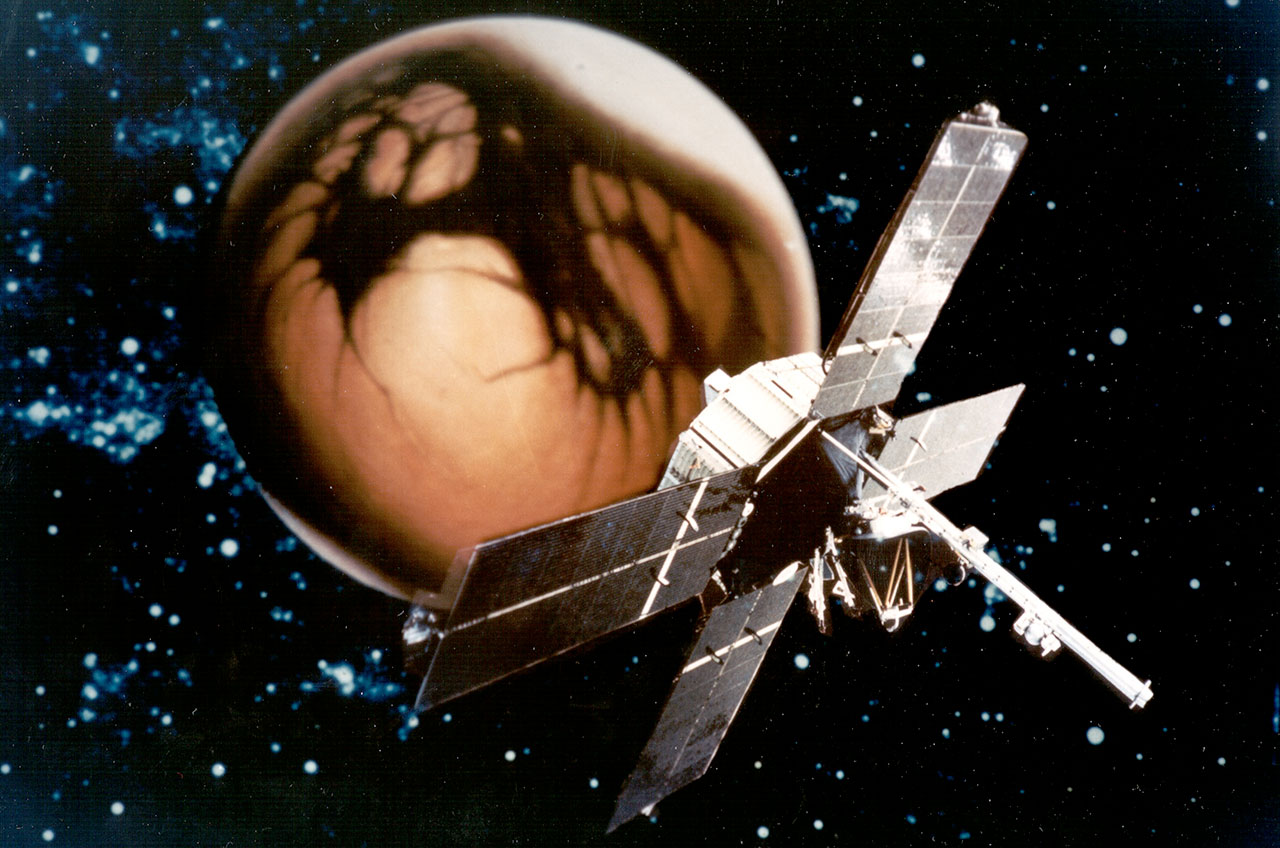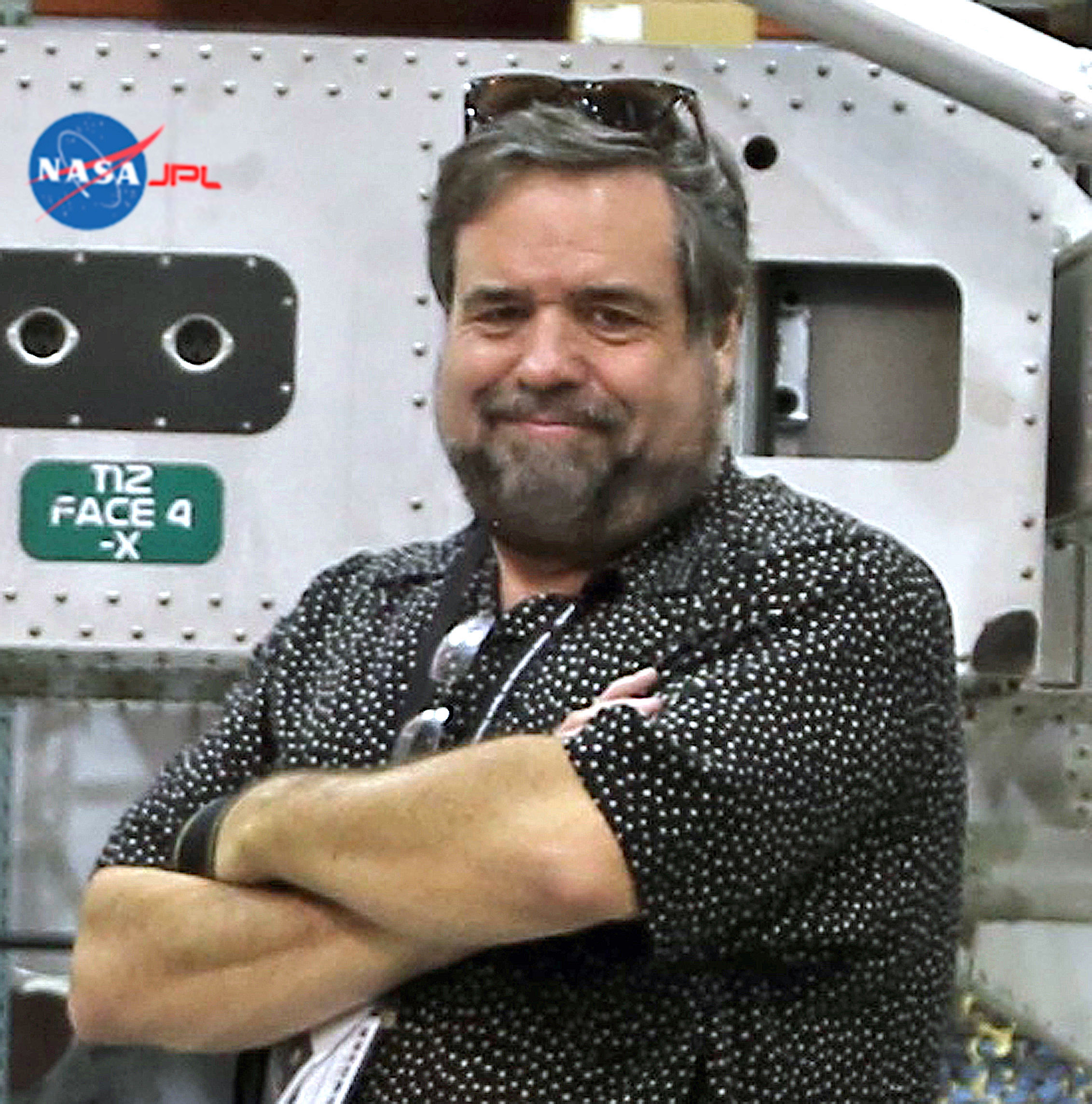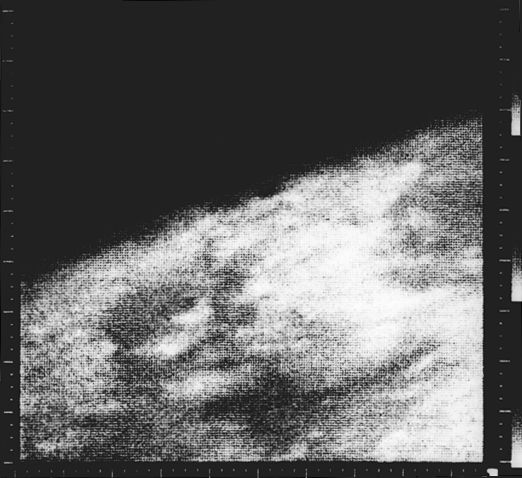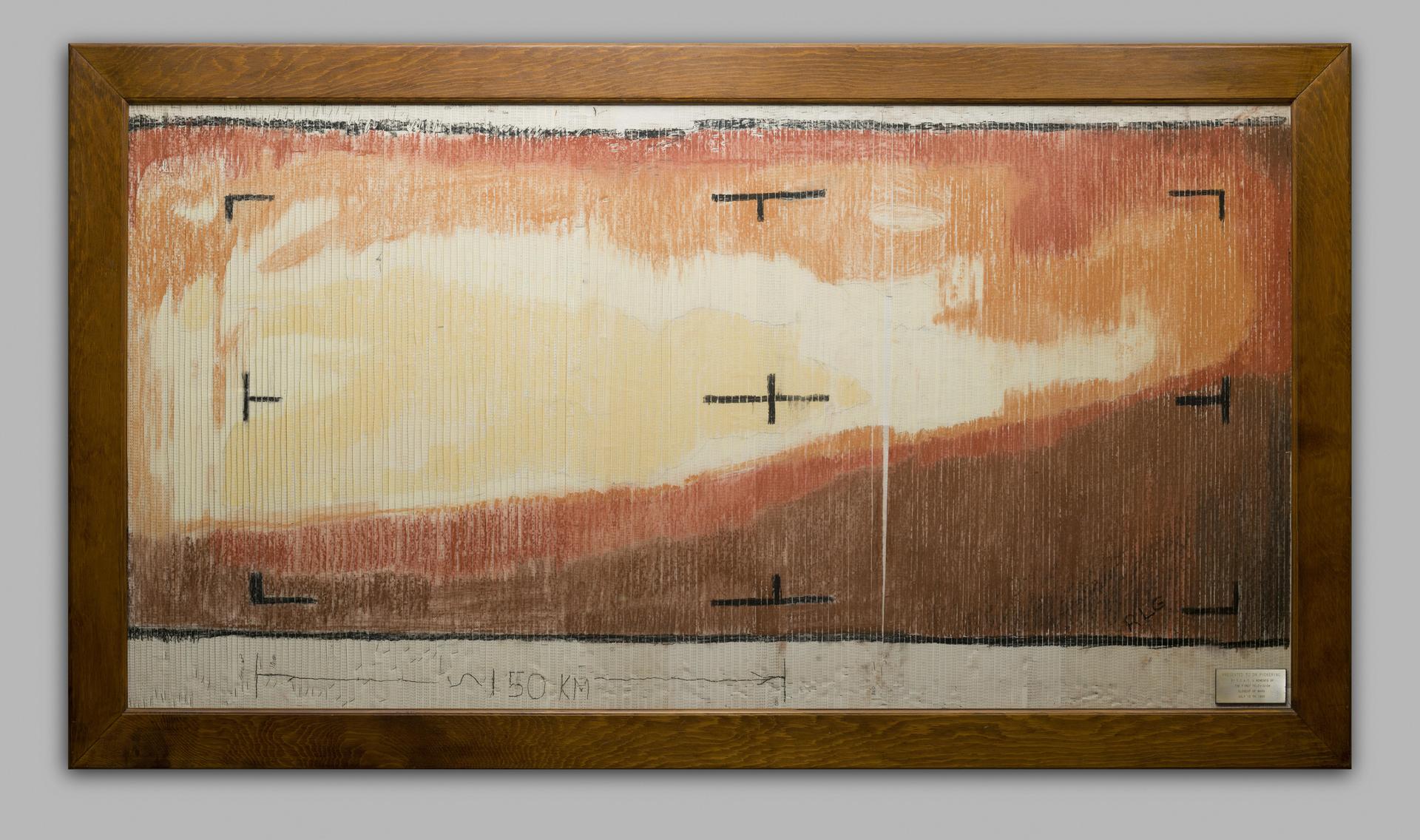Happy anniversary, Mariner 4! NASA probe got 1st-ever up-close look at Mars 60 years ago
Since then, a multitude of spacecraft have rocketed Marsward from a variety of nations.

"That Mars is habitable by beings of some sort or other is as certain as it is uncertain what these beings may be," wrote Percival Lowell in the early 20th century.
While the theories of this well-heeled amateur astronomer might seem fanciful when viewed from 2025, given what was known at the time, a large percentage of the public found Lowell's theories about an inhabited Mars not just credible, but likely. Lowell went so far as to theorize that the planet was straddled by canals, designed and executed by hyper-intelligent beings, that would carry water from the poles to the equator of the apparently arid planet.
While other astronomers had their doubts, popular notions of Mars as a colder and drier near-twin of Earth persisted for almost a half century longer, well into the 1960s. In 1953, Wernher von Braun, who would go on to design NASA's giant Saturn V moon rocket, wrote a seminal work called "The Mars Project,” the first comprehensive look at how to send people to the Red Planet. The centerpiece was a number of huge, winged gliders that would land astronauts on Mars by navigating what was then thought to be an atmosphere perhaps half the density of Earth's.
More generally, contemporary maps of Mars were still based on observations from telescopes like Lowell's 24-inch refractor up to Mount Palomar's 200-inch giant reflector. But even that latter monster showed only a shimmering red blob of a planet with shifting, indistinct imagery.
In short, in the mid-20th century, our understanding of Mars was still as much intuition and imagination as fact. That all changed 60 years ago on July 14, 1965, when a small spacecraft sped by the planet at a distance of just 6,118 miles (9,846 kilometers). After the 22 low-resolution TV images made it back to Earth, the Martian empire dreamed of by Lowell and fiction authors like Edgar Rice Burroughs were smashed into red dust.
Some of NASA's earliest planetary missions, Mariners 3 and 4 were planned and executed by a group of pioneering scientists at the California Institute of Technology (Caltech) and its associated NASA field center, the Jet Propulsion Laboratory (JPL). NASA was a brand-new agency when the planning for the first Mars flyby was begun a few years earlier, but the core science team had been working together at Caltech for years, and included one of the newest additions to the geology faculty — Bruce Murray, who would later become the fifth director of JPL. Other Caltech professors on the Mariner Mars team were Robert Sharp and Gerry Neugebauer, professors of geology, and Robert Leighton and Victor Neher, both professors of physics.
Despite the impressive intellect brought to bear, the project was, by today's standards, a plunge into the unknown. The combined Caltech and JPL team had little spaceflight experience to guide them. There had been just one successful flight beyond lunar orbit — Mariner 2's dash past Venus in 1962 — to build upon. There was no Deep Space Network to track and command the spacecraft, and navigating to Venus was less challenging than the voyage to Mars, which was almost twice as long — some 325 million miles (523 million km). And while the Mariner design was ultimately quite successful, at the time, flying machines in the harsh environment of space was in its infancy. Most failed to achieve their goals.
Breaking space news, the latest updates on rocket launches, skywatching events and more!
Incredibly, the probe was originally designed, like the Venus-bound Mariner 2 that had recently returned copious "squiggly-line” data from that planet, without a camera. Leighton took exception to this, realizing that a lot of valuable data would be gleaned from visual imagery. He had a long history in optical astronomy and was not about to pass up this opportunity to get a close look at Mars. He also understood a more human side of the mission: Images of the planet could forge a powerful connection between planetary science and the public.
Mariner 4 had a twin, Mariner 3, which launched on Nov. 5, 1964. The Atlas rocket that boosted it clear of the atmosphere functioned perfectly (not always the case, given its high failure rate in that era), but the fairing in which Mariner 3 rode became snagged, and the spacecraft, unable to collect sunlight on its solar panels, died within hours, drifting into a heliocentric orbit.
After a hurried fix, Mariner 4 launched three weeks later on Nov. 28 with a redesigned fairing. The probe deployed as planned and began the long journey to Mars. But there was more drama in store: The primitive guidance system, oriented by a photocell device that was intended to acquire and track the bright star Canopus, became confused — both by other stars of similar brightness and also by a cloud of dust and paint flecks ejected when the spacecraft deployed. Ultimately, the tracker was able to find Canopus and the journey continued without incident. This star-tracking technology, along with an instrument-laden scan platform and various other design features, was central to planetary missions for decades.
Just over seven months later, Mars was in the crosshairs. On July 14, 1965, Mariner's science instruments were activated. These included a magnetometer to measure magnetic fields, a Geiger counter to measure radiation, a cosmic-ray telescope, a cosmic dust detector, and the television camera.
This last device had caused no end of consternation. At the time, TV cameras used fragile glass tubes and, with their associated electronics, were slightly smaller than dishwashers. Space-capable TV imagers were not available, and few people had thought to even try designing one. Leighton's team spent countless hours coming up with a low-resolution, slow-scan Vidicon tube — a glass vacuum tube aimed through a toughened telescope — that could withstand the violence of launch and the harsh temperature variations in space.
Just a few hours after the science package was put to work, the TV camera began acquiring images. About nine hours later, with the spacecraft heading away from Mars, the on-board tape recorder, which had stored the data from the primitive camera, initiated playback and transmitted the raw images to Earth. And what images they were.
The first views arrived at JPL shortly after midnight on July 15. These were initially represented by numeric printouts that had to be interpreted into black-and-white images, but the imaging team was impatient. They cut the numbered paper into strips, pasted them onto a backboard, and played "paint by numbers" with grease markers to create an eerily accurate first look.
Once the computer-processed photographs arrived, though they were soft and indistinct, and spectroscopic and other measurements were still inexact, the combined data turned our notions about the true nature of the Red Planet on their head. Within hours, Mars had descended from Lowell's fever dreams to cold, harsh reality.
Quick calculations told the story — Mars was a frigid, desert world, and those who still held to Lowell's dreams of a possible Martian empire had to concede defeat. The planet was a moon-like desert, a place of intense cratering and wide empty plains. The final blow came shortly after the flyby, when Mariner directed its radio signal through the limb of the Martian atmosphere. The atmospheric density was found to be about 1/100th that of Earth. For the dreamers, Mars died on that day in 1965.
But for the gathered Caltech team savoring the fuzzy pictures from Mariner 4's sprint, this was a victory. After the discovery of Venus' true nature, when a planet thought to be a swampy, humid world was revealed as a hellish place of intense pressure and searing temperatures, Mars seemed almost welcoming. And the inclusion of a TV camera on the mission added a human touch that transcended the numbers, bringing the fourth planet into living rooms worldwide.
When discussing the mission a few years later, Leighton related one touching letter he received from, of all people, a milkman. It read, "I'm not very close to your world, but I really appreciate what you are doing. Keep it going." A soft-spoken Leighton said of the sentiment, "A letter from a milkman… I thought that was kind of nice."
After its voyage past Mars, Mariner 4 maintained intermittent communication with JPL and returned data about the interplanetary environment for two more years. But by the end of 1967, the spacecraft had suffered close to 100 micrometeoroid impacts and was out of fuel. The mission was officially ended on Dec. 21.
Since then, a multitude of spacecraft have rocketed Marsward from a variety of nations. The path to Mars is still challenging, and the U.S. leads in successes. From the Viking Mars orbiters and landers of the 1970s through the Curiosity and Perseverance rovers, which are still operating today, the Red Planet has crept from the dreadful waste seen by Mariner 4 to a place once covered in shallow oceans and with a possibly temperate atmosphere. And while we have never found any signs of Percival Lowell's high-society Martians, we may soon live in their stead.

Rod Pyle is an author, journalist, television producer and editor in chief of Ad Astra magazine for the National Space Society. He has written 18 books on space history, exploration and development, including "Space 2.0," "First on the Moon" and "Innovation the NASA Way." He has written for NASA’s Jet Propulsion Laboratory, Caltech, WIRED, Popular Science, Space.com, Live Science, the World Economic Forum and the Library of Congress. Rod co-authored the "Apollo Leadership Experience" for NASA's Johnson Space Center and has produced, directed and written for The History Channel, Discovery Networks and Disney. For more information on the National Space Society, go to nss.org
You must confirm your public display name before commenting
Please logout and then login again, you will then be prompted to enter your display name.


